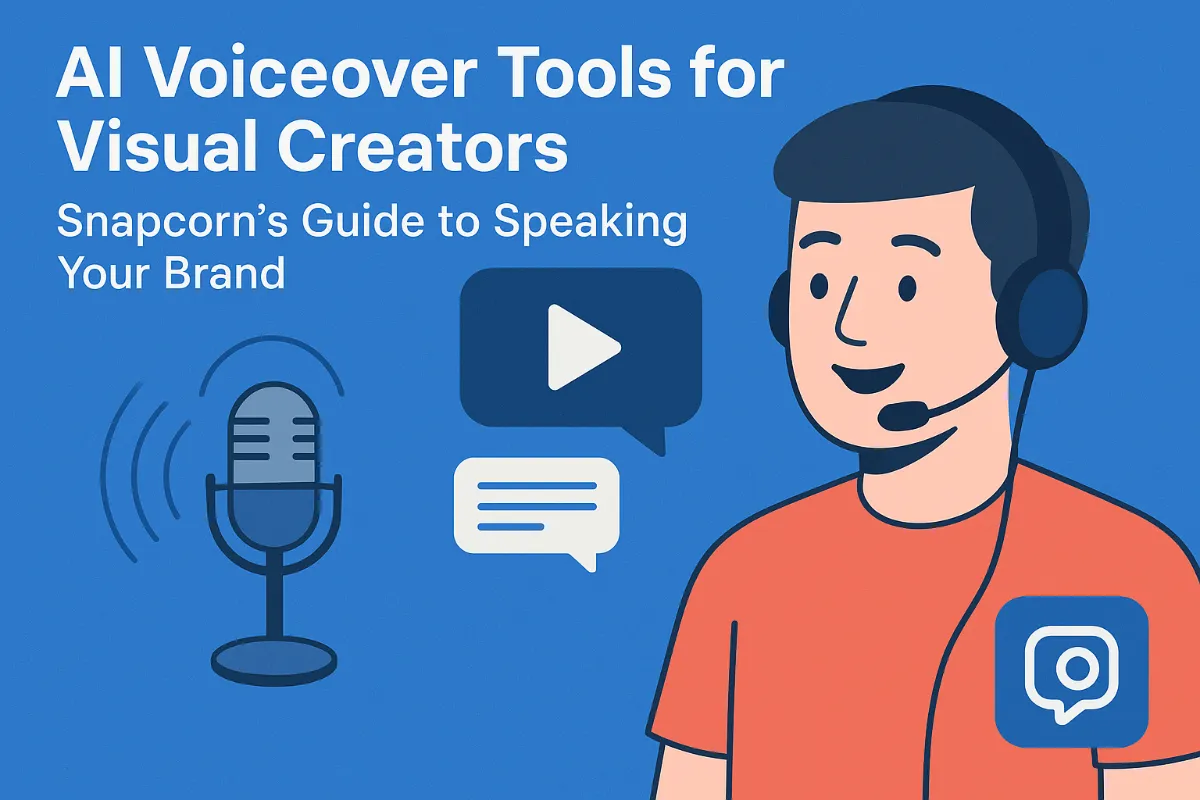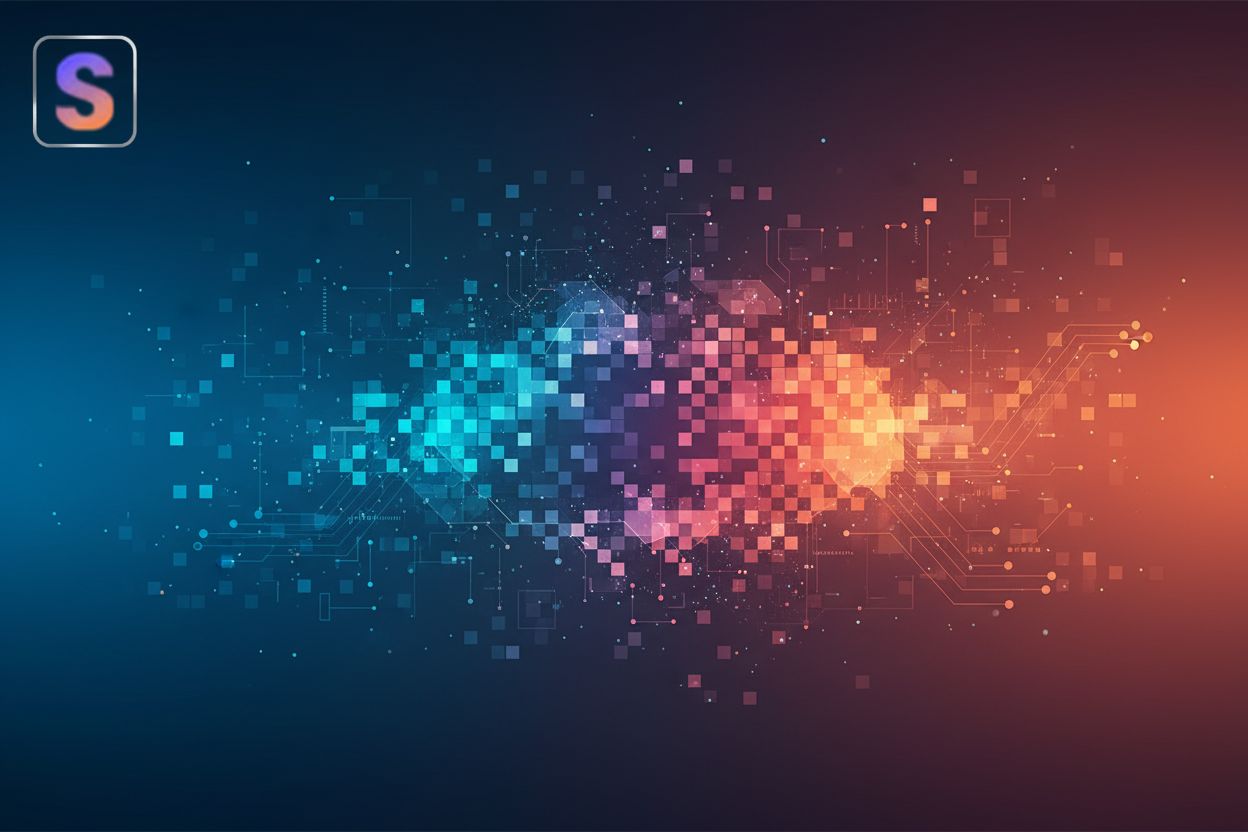What Are the Limitations of Image Upscaling?
TL;DR
Understanding Image Upscaling: A Quick Recap
Okay, let's dive into image upscaling. Ever tried blowing up a tiny photo only to see it turn into a blurry mess? That's where upscaling comes in, but it's more than just stretching pixels.
Here's the gist:
- Upscaling increases image resolution by adding pixels, not just enlarging existing ones.
- Different methods exists, from basic interpolation (like Nearest Neighbor or Bicubic) to fancy ai algorithms.
- Photographers use it all the time to get better prints or bigger displays.
It's like giving your old photos a new lease on life. Next up, we'll see why this isn't always a perfect process.
The Inherent Limitations: What Upscaling Can't Fix
Ever try to make a digital image bigger, only to have it look… well, kinda crummy? Upscaling can help, but it ain't magic. There's limits, y'know? It's like tryin' to make a silk purse outta a sow's ear, as they say.
Here's what upscaling struggles with:
Loss of Original Data: Upscaling's tryin' to guess what should be there. If the original image is bad, the upscale will be, too. Think of old photos that are super blurry or those tiny thumbnails you find online. You can't really pull detail from nothing, can you? Algorithms often use interpolation techniques to fill in the gaps, essentially "guessing" what the missing pixels should look like based on their neighbors.
Compression Problems: Ever notice how some images get all blocky? That's usually compression. Upscaling a heavily compressed image is tricky, because it's just gonna make those blocks bigger. Not exactly ideal, is it?
Artifact Introduction: Sometimes, the upscaling process adds weird stuff – like strange textures or halos around edges. It's like the ai is trying too hard, and screws it up, y'know?
So, yeah, upscaling is cool, but it's not a fix-all. Next up, we'll explore the artifact problem.
Algorithm-Specific Limitations: Not All Upscaling is Equal
Okay, so you're thinking all image upscaling algorithms is the same? Nah, not even close. It's like saying all coffee is the same just 'cause it's, well, coffee.
Traditional interpolation methods like Nearest Neighbor, Bilinear, and Bicubic are quick – but often leave something to be desired. Nearest Neighbor replicates pixels, which can make your image look like it's made of LEGO bricks. Bilinear and Bicubic? Smoother, sure, but they can blur out the finer details.
ai-powered upscaling, on the other hand, tries to reconstruct details. It’s all about machine learning. But here's the catch: it's only as good as the data it was trained on. Biases in that data? Yep, they'll show up in your upscaled image. For example, if an AI was trained primarily on images of fair-skinned individuals, it might struggle to accurately upscale images of people with darker skin tones, potentially leading to unnatural color shifts or loss of detail in their features. Plus, sometimes it kinda "hallucinates" details that weren't even there in the first place.
Think of it this way: if you're upscaling old family photos for a scrapbook, ai might add details that are totally wrong, like giving Grandma a hairstyle she never had. AI predicts detail and doesn't recreate it.
So, yeah, algorithm matters. Next up, let's look at how different settings affect the final result.
Practical Limitations: Time, Resources, and Subjectivity
Okay, so you've got your awesome, upscaled image—now what? Turns out, getting that perfect result isn't just about hitting a button.
- Time is money, right? ai upscaling can be a real time-hog, especially if you're dealing with massive files or complex images. Think about it: that batch of product photos for an e-commerce site? Could take hours.
- Resources ain't free either. You might need a beefy computer, especially a good gpu, to handle the processing load. Otherwise, you're staring at a progress bar for, like, ever.
- "Good" is in the eye of the beholder. What you think looks amazing might not jive with your clients or, heck, even your own artistic vision later on. Sometimes, it alters the original vibe, and not in a good way.
Finding that sweet spot between detail and keeping it real? It's a balancing act. Next, we'll check out how different settings affect the final result.
Mitigating the Limitations: Tips for Better Upscaling
Upscaling ain't just a one-click fix, you know? You gotta put in a little elbow grease to really make those images shine.
- First off, start with the best image you can. No amount of ai magic can fix a truly terrible source, so try to get the highest quality original possible.
- Next, play around with different tools. What works for one image might not work for another; experiment!
- Finally, don't be afraid to tweak things manually after the upscaling is done. A little sharpening or contrast adjustment can go a long way.
Basically, it's a bit of art and science. Coming up next, we'll talk about settings!
When NOT to Upscale: Knowing When Enough is Enough
Is upscaling always the answer? Nope! Sometimes, it's better to resist the urge.
- Think about the intended use; is a massive file really needed? For a website thumbnail, probably not.
- A smaller, high-quality image often looks way better than a blown-up, blurry one.
- Don't upscale just for the heck of it or to increase the file size unnecessarily. It's like adding salt when the dish is already perfect, y'know?
Next, we will see how different settings affect the final result.
Conclusion: Upscaling as a Tool, Not a Magic Bullet
So, you've been upscaling images like crazy, huh? Just remember—it's a tool, not some kinda magic wand that fixes everything instantly.
Here's the deal:
- Upscaling can be super helpful, but it has limits, like we've been saying. It's not gonna turn a blurry mess into a masterpiece.
- Knowing what it can't do is just as important as knowing what it can. That way, you don't end up disappointed.
- Always start with the best original you can find. Seriously, it makes a huge difference.
Use it wisely, and you'll be alright.




